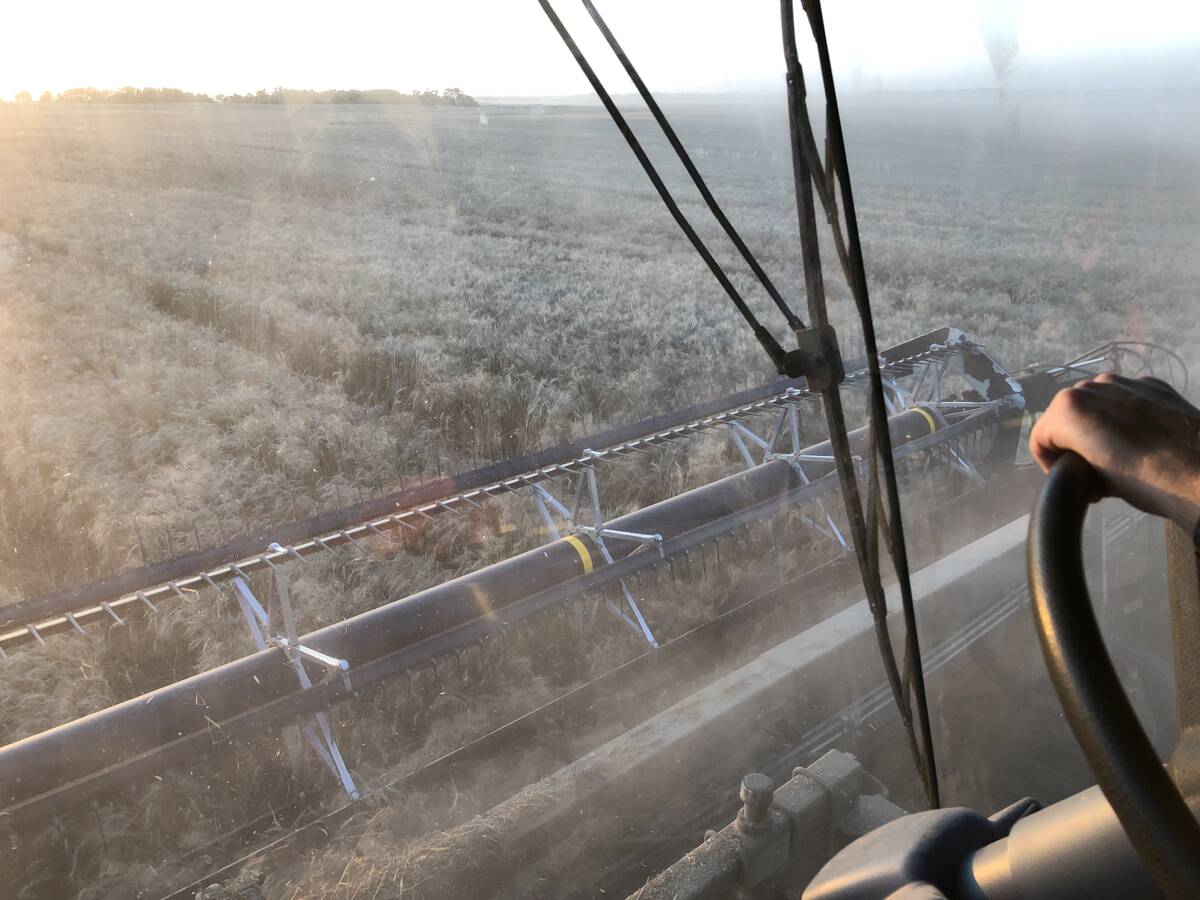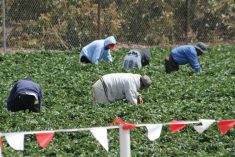Manual labour and long hours may be less of a deterrent to farm workers than farmers think, a new report suggests.
“Workers tend to point to low pay and limited career growth as the main reasons they are less interested in agriculture [jobs],” says a new ‘state of the industry’ report from the Canadian Agricultural Human Resource Council (CAHRC).
The report, released today, quantifies the current agricultural labour deficit, drawing heavily on surveys done with employers and employees in 2023. The Conference Board of Canada conducted the study on CAHRC’s behalf.
Read Also

Mail strike disrupts grain sample delivery
The Canadian Grain Commission has asked farmers to consider delivering harvest samples directly to CGC offices, services centres or approved drop offs as Canada Post strike delays mail.
The report noted that worker turnover is at a record high. In 2022, the voluntary turnover rate of agriculture jobs was 14 per cent, up from 10 per cent in 2018. The Canada-wide rate in 2022 was 7.7 per cent.
This varies widely across various types of agricultural jobs. Aquaculture jobs have a voluntary turnover rate of less than five per cent–the lowest of all ag sectors surveyed. Dairy comes in second-lowest with just under 10 per cent. “Support activities for farms” has the highest turnover rate of more than 20 per cent, closely followed by poultry and egg farming.
When asked why they thought employees weren’t sticking around, employers ranked “work is too physical” as the leading reason, with low pay and benefits as the second, and long working hours in third.
When asked what factors limited their interest in agriculture, more than half of employees said low wages and benefits. Limited career paths or opportunities for advancement came second, followed by low job security.
Less than 20 per cent said physical labour was a problem, as compared to nearly 40 per cent of employers. Just over 10 per cent said long hours was an issue, compared to about 30 per cent of employers.
CAHRC noted it surveyed people currently employed in agriculture.
The results suggest employers who prioritize wages and career opportunities could improve retention, CAHRC said.
The average agricultural wage is a bit less than $20 per hour, while the average Canadian wage is just over $25 per hour, the report said. Greenhouse and nursery, and fruit and vegetable workers tend to be the lowest paid. Grain and oilseed workers tend to be the highest-paid farm labourers, with an average wage of about $25 per hour. However, this still puts it behind manufacturing, which averages just above $25, and construction, which is just under $30 per hour.
None of these can compete, wage-wise, with oil and gas–its average wage is just shy of $40 per hour.
Yet, CAHRC noted that higher wages alone doesn’t eliminate vacancies.
Grain and oilseed farm worker wages are the highest in agriculture, yet these farms have a job vacancy rate of seven per cent. That’s lower than other agricultural sectors, but above the Canadian average of nearly six per cent.
“Employers in grain and oilseed struggle with recruiting because of their rural location, seasonal hours and manual labour needs,” the report said.
Employees also noted that work environment and management were important. Nearly 30 per cent cited poor management as their primary reason for leaving jobs.
Supply and demand
In general labour outlook, CAHRC reported that more than 28,200 jobs went unfilled during the peak season in 2022. Labour shortages caused a 3.7 per cent decline in sales in 2022, which resulted in lost sales worth an estimated $3.5 billion.
Agricultural employers are increasingly turning to foreign workers. Between 2017 and 2022, the number of foreign workers increased by more than 30 per cent.
CAHRC estimated that the domestic labour gap in the ag sector will increase 15 per cent by 2030. An aging population will be a key driver, as the ag industry will see over 85,300 retirements in the next eight years.
“Even with four out of five of otherwise vacant positions expected to be filled by foreign workers, 22,200 jobs will still be vacant during peak season… by the end of the decade,” the report said.
Crop production industries are projected to have the largest number of vacant jobs, with 15,200 in 2030.

















